By Emily Dozier The Associated Press
Friday, July 21, 2023
MELBOURNE, Australia (AP) — Olympic champion Canada was held to a 0-0 draw by Nigeria in its Women’s World Cup opener after Nigerian goalkeeper Chiamaka Nnadozie made several key saves, including one on a penalty from Christine Sinclair.
It was a crucial miss for Sinclair, the 40-year-old Canadian who is the leading all-time scorer in international soccer, men or women, with 190 goals. Aiming to be the oldest player to score at the Women’s World Cup, she also missed a chance in the 9th minute when she was unmarked at the edge of the box but misfired.
Nnadozie, who plays in France for Paris FC, was voted Player of the Match.
KEY MOMENTS
Sinclair lined up for the shot in the 50th after a earning the penalty via a video review. After making a diving one-handed save, Nnadozie pointed at her head.
Sinclair exited the game in the 71st and did not speak with reporters immediately after the game.
Nnadozie also denied a shot from inside the box by Evelyne Viens in the 65th. At the end of the game, she fell to her knees and let out a celebratory yell.
WHY IT MATTERS

Canada vs. Nigeria odds and best bet: Predictions for FIFA Women’s World Cup group stage game
2 days ago
With neither team able to secure a victory, winning the next two group-stage matches becomes more crucial. A loss for either Nigeria or Canada in their next matches would make advancing out of the group stage very difficult. Another draw for either and the team’s final group-stage match would be a must-win.
IN THEIR OWN WORDS
“We wanted three (points, for a win), but getting the point keeps you in it and keeps you alive for advancement. So it’s a very positive feeling right now.” – Randy Waldrum, Nigeria head coach.
“We opened the Olympics with a draw, and we’ve got to move on quickly now and review and move on because that is tournament football. You can’t get bogged down on what you did or didn’t do. It’s onto the next task.” -- Bev Priestman, Canada head coach.
“Christine Sinclair has scored many, many, many goals for this country and I’m sure the fans, the team and everyone can forgive missing a penalty kick.“ — -Bev Priestman, Canada head coach.
WHAT’S NEXT
Canada moves to Perth on Australia’s west coast for its next game against Ireland, which is coming off a 1-0 loss to the Australians in the opening Group B game. Nigeria will play the co-hosts in Brisbane on Thursday. Star Australian striker Sam Kerr missed the win over Ireland because of a calf muscle injury that is also expected to keep her on the sidelines for the game against Nigeria.
___
Emily Dozier is a student at the University of Georgia’s Carmical Sports Media Institute.
___
AP Women’s World Cup coverage: https://apnews.com/hub/fifa-womens-world-cup
FIFA WWC: Nnadozie shines in Super Falcons player ratings against Canada
From the incredible Chiamaka Nnadozie to the clumsy Francesca Ordega, see the Super Falcons player ratings against Canada
The Super Falcons of Nigeria opened their World Cup campaign against reigning Olympic champions Canada with a hard-fought 0-0 draw with inspired defensive performances from a number of players, while offensive players were mostly disappointing.
Here are the player ratings for the Super Falcons' players in the match against Canada, ranking from best to worst.
Chiamaka Nnadozie — 9
A world-class display from Chiamaka Nnadozie, who was easily the best player on the pitch and one of the main reasons for Nigeria surviving the encounter with a point, after making a save from the penalty spot early in the second half.
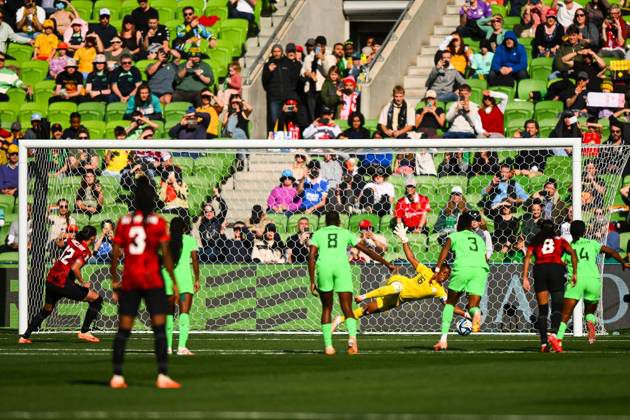
Christy Ucheibe — 8
A superb display in midfield from Ucheibe, who covered the Super Falcons’ defense with a number of recoveries and tackles.
Acting as a shield for the pair of Osinachi Ohale and Blessing Demehin, Ucheibe was at the forefront of the Super Falcons’ defensive efforts, ensuring the centre-backs were not overworked despite Canada’s obvious strengths.
Ashleigh Plumptre — 7.5
Three tackles, one interception and two clearances from Plumptre without getting dribbled once in the entire game.
The full-back’s defensive solidity effectively shut down Canada’s attacks from the right side, forcing them to play mostly through the left side, where they had more joy with Michelle Alozie.
Osinachi Ohale — 6
One of two centre-backs who hardly put a foot wrong throughout the game and was important in helping the super falcons record a clean sheet against a highly fancied Canada side.
Blessing Demehin — 6
She was solid when called upon and was superb in repelling a late Canadian counterattack to keep her side in the game. They paired well with Ohale in defence, and their collaboration showed promise for future games.
Deborah Abiodun — 6
Had a brilliant game pairing with Ucheibe in defensive midfield and stifled Canada’s creativity but was unfortunate to get sent off late in the game following a rash challenge that was spotted by VAR.
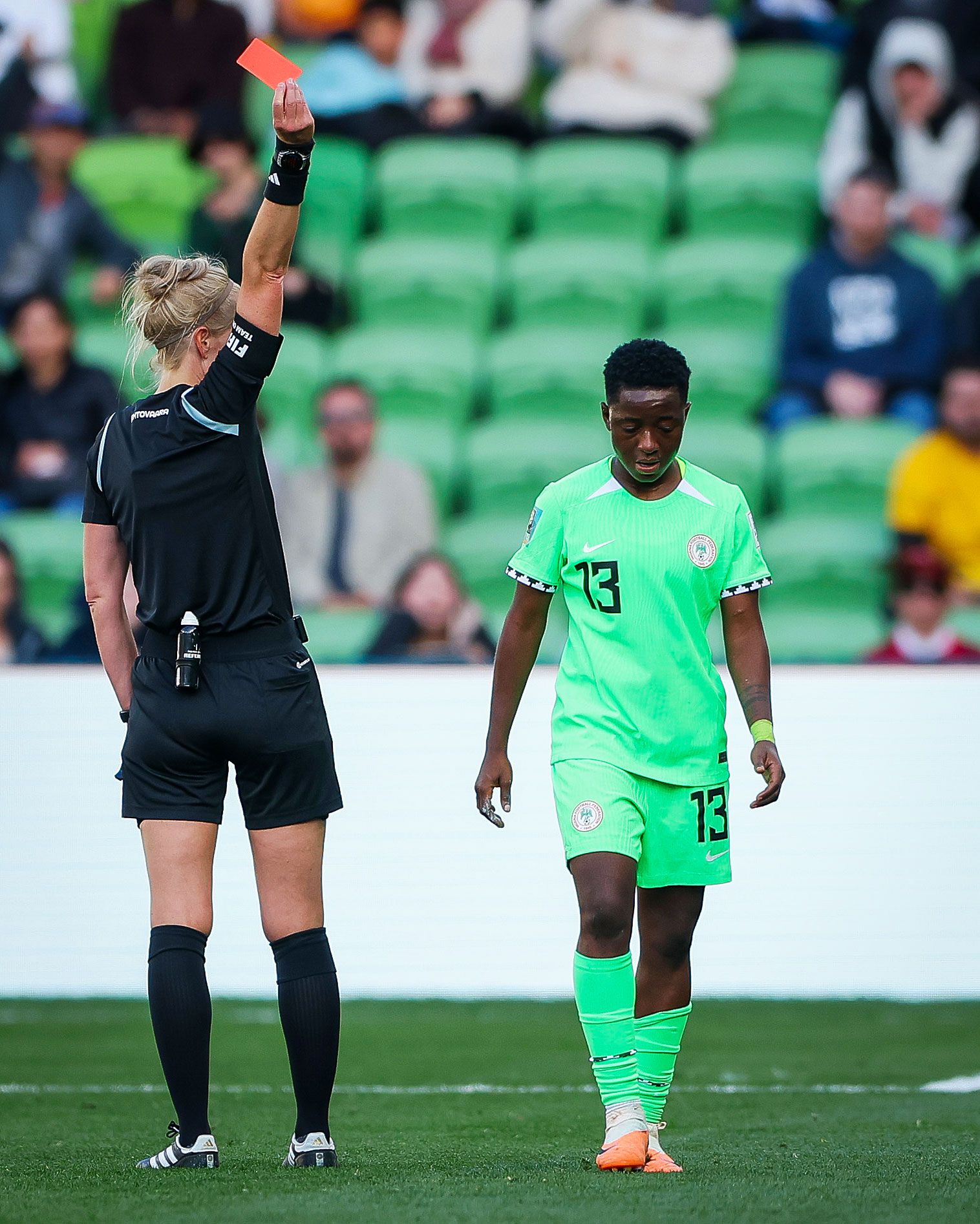
Ifeoma Onumonu — 5
Unable to truly affect the match going forward at left wing despite firing off the most shots for the Super Falcons on the day.
She was, however, solid defensively, tracking back to help out when needed.
Toni Payne — 5
An otherwise unspectacular display from Payne, who failed to get her creative juices flowing, leaving Asisat Oshoala isolated upfront for most parts of the game, while also failing to create an effective link between the (defensive) midfield and attack.
Asisat Oshoala — 5
Isolated upfront for the most part, Oshoala lacked the service she has gotten used to playing with a supremely creative Barcelona side and suffered the effects of Nigeria being unable to carve out good opportunities.
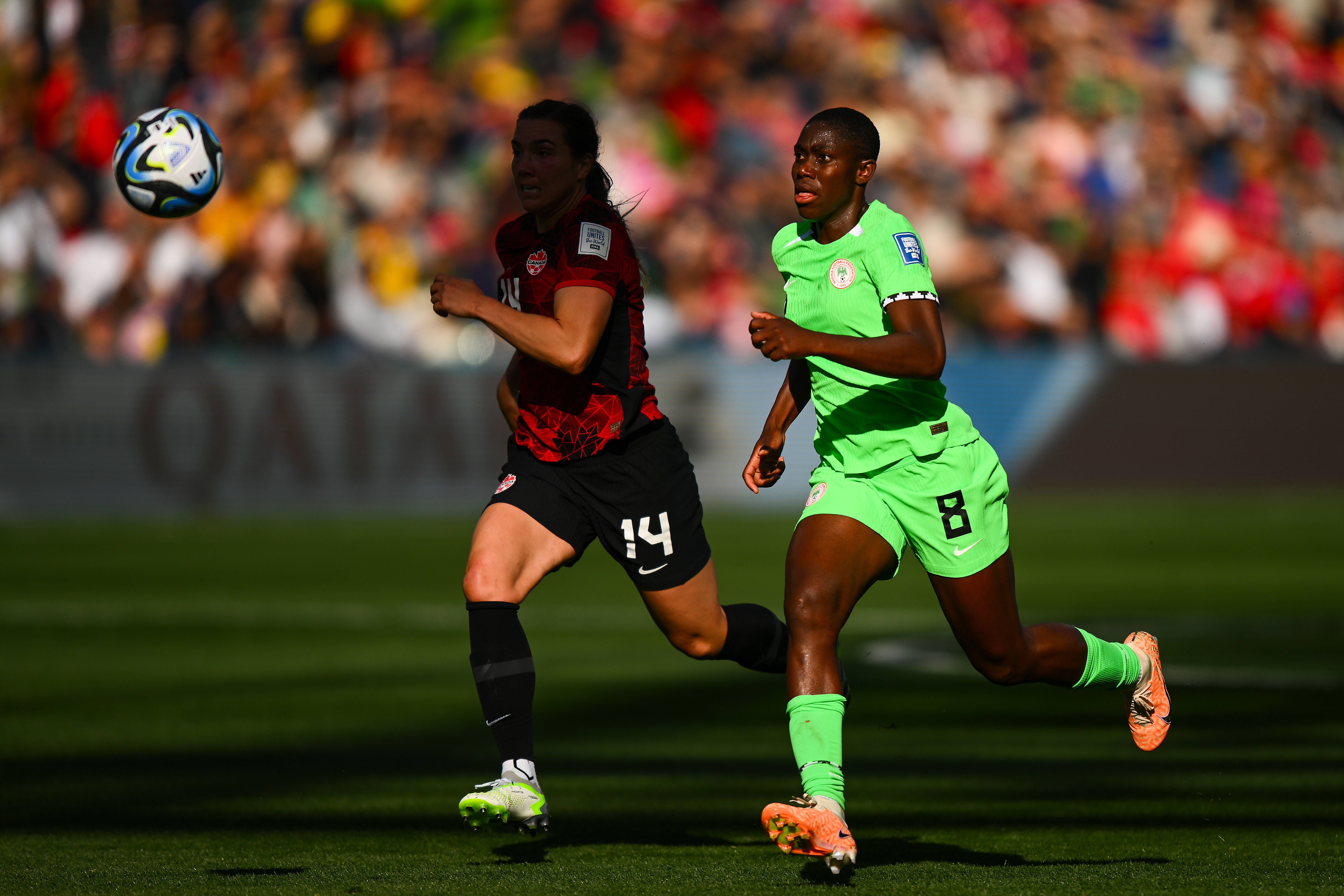
She will, however, have some egg on her face after missing the best chance of the game, failing to convert from point-blank range.
Francisca Ordega — 4
An uninspired display from Ordega who almost cost the Super Falcons the game after bringing down Canada’s Sinclair in the box.
She, like Onumonu was also largely ineffective on the wing as the Super Falcons struggled to fashion many chances during the game.
Michelle Alozie — 4
Alozie was suspect in defence, and with Ordega providing more problems than support, her side of the pitch was constantly targeted by the Canadians.
Substitutes
Uchenna Kanu — 5
She provided a spark with her pace after replacing Ordega but was quiet after nearly giving the Super Falcons the lead with one of her first touches in the match.
Esther Okoronkwo
Not enough time to affect the game after coming on in the 85th minute.
Onyi Echegini
Not enough time to affect the game after coming on in the 91st minute.
)
)







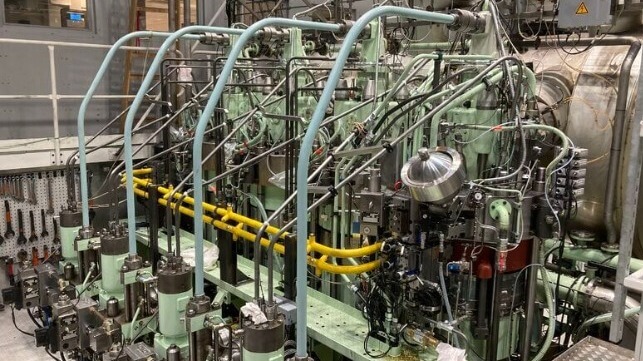
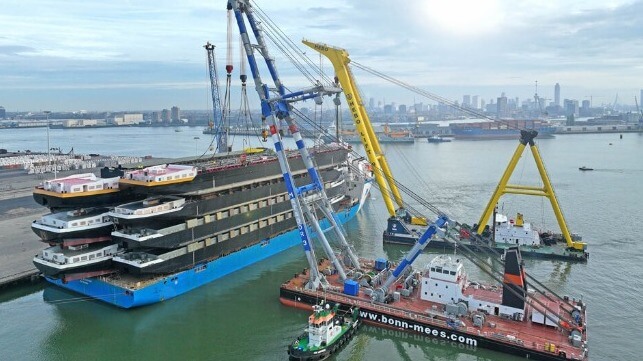
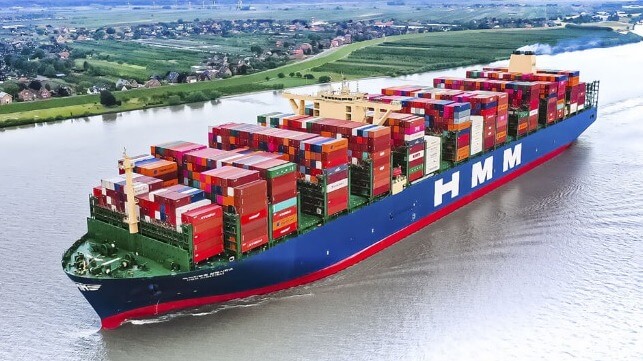
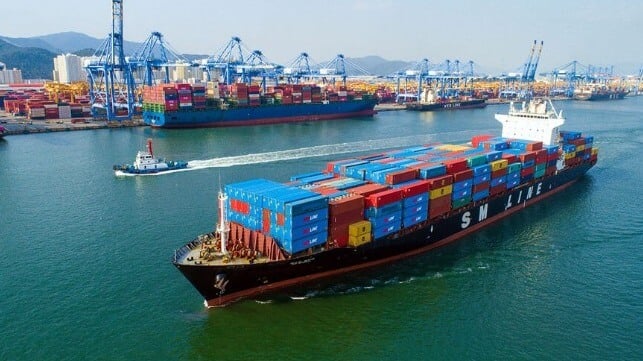
Commentary